Founded in 1891 by Boston landscape architect Charles Eliot, The Trustees have worked for more than 127 years to conserve the cultural and historic character that makes Massachusetts’ landscapes and communities unique.
The Trustees protect and steward the irreplaceable, including 117 reservations, seven National Historic Landmarks, and one National Natural Landmark. Many of our cultural resources are located along the coast and include nationally significant archaeological sites; cultural ruins; designed and vernacular landscapes and archives; and collections and properties associated with national leaders in industry, commerce, politics and the arts.
Browse the gallery and Special Places archive features below.
For a brief description, hover over each image and click for further information.
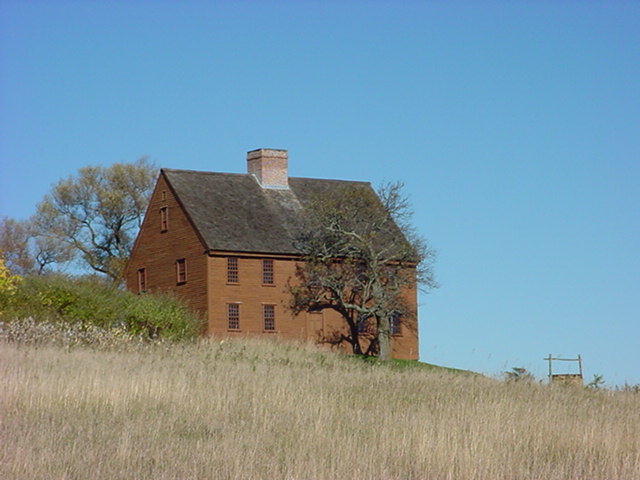
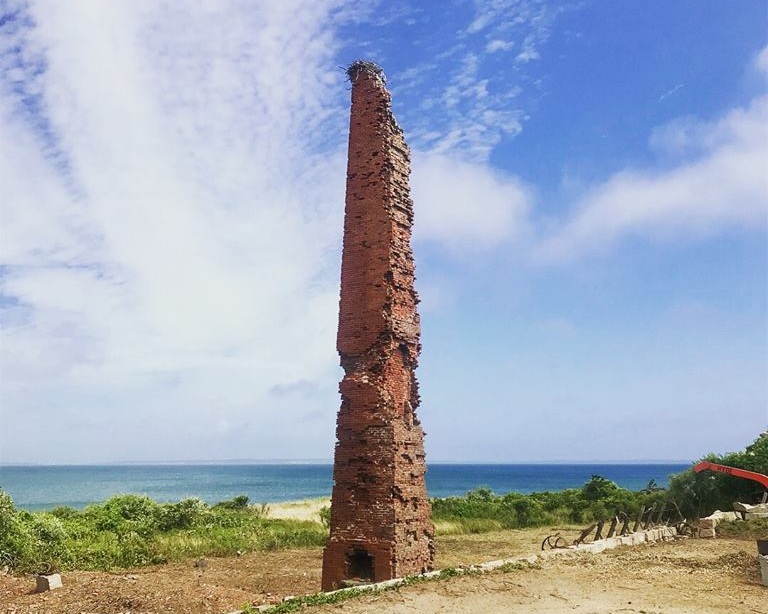
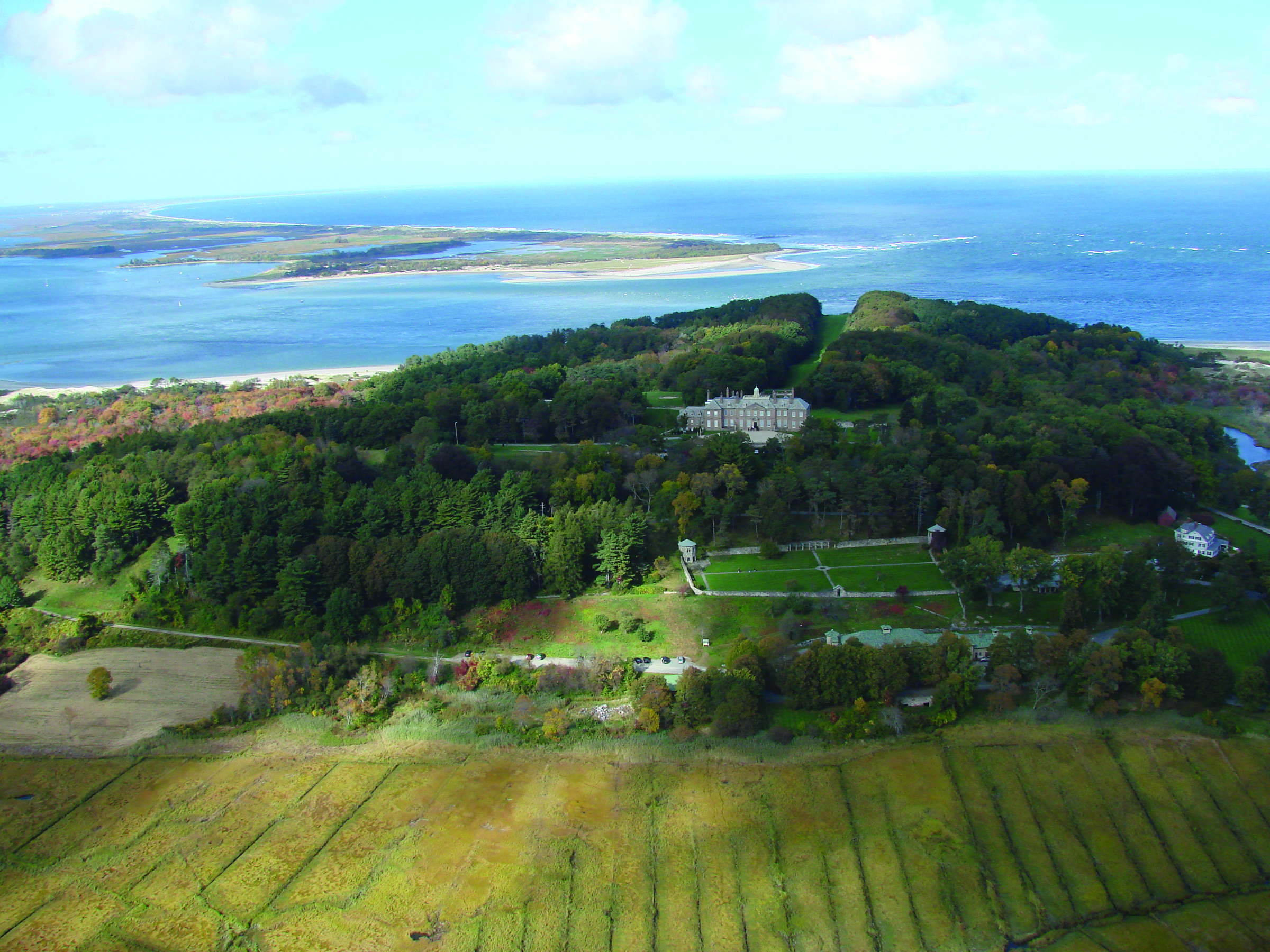
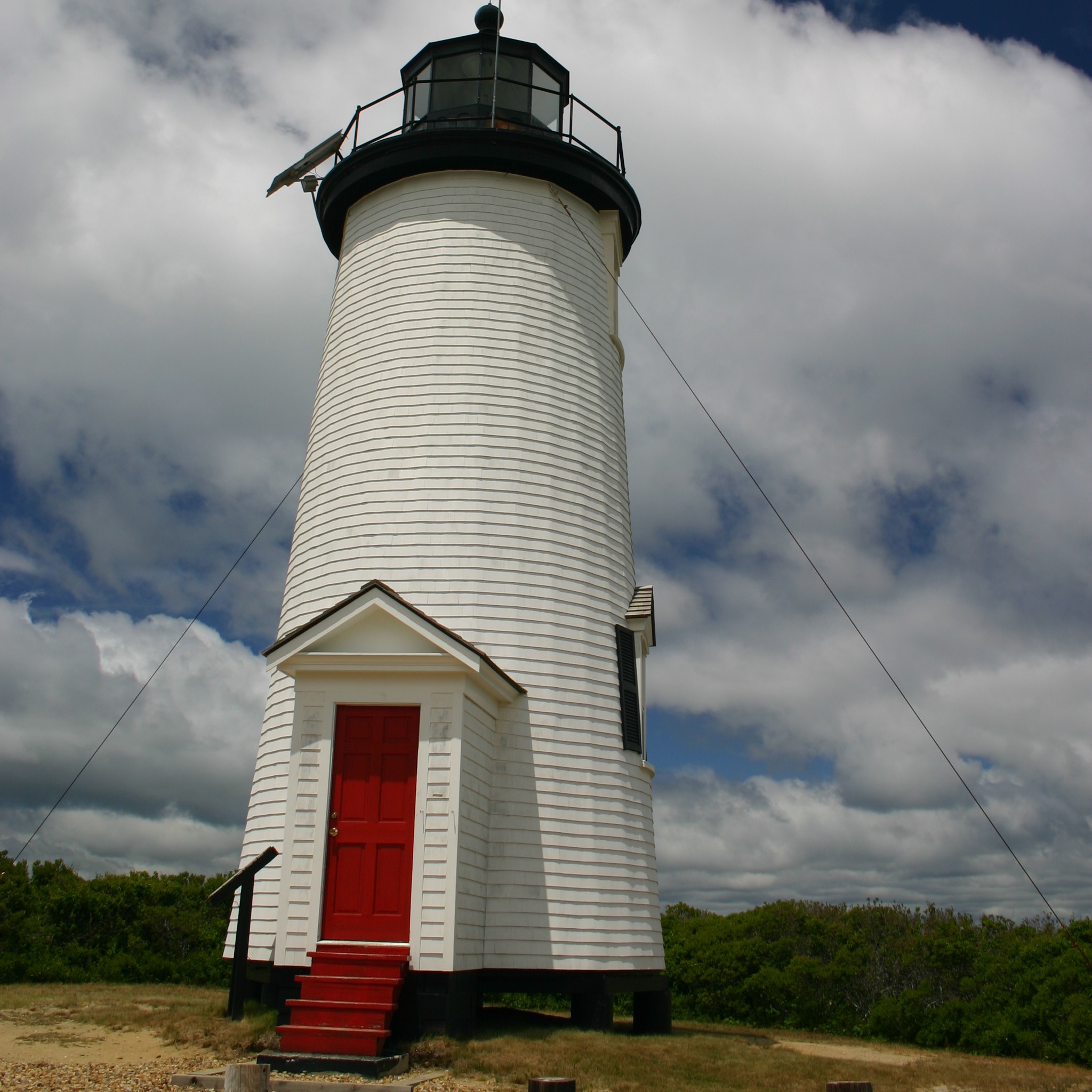
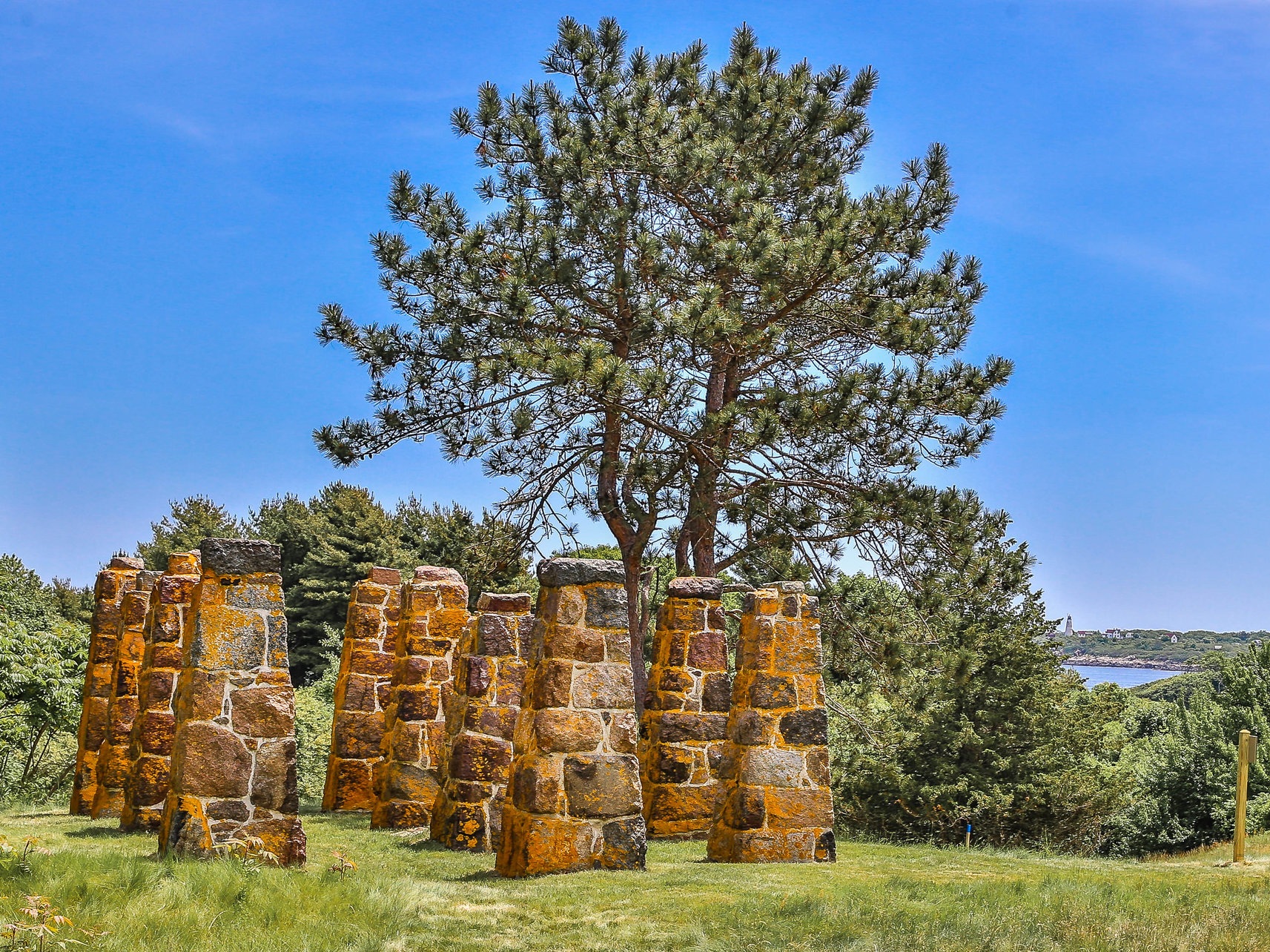
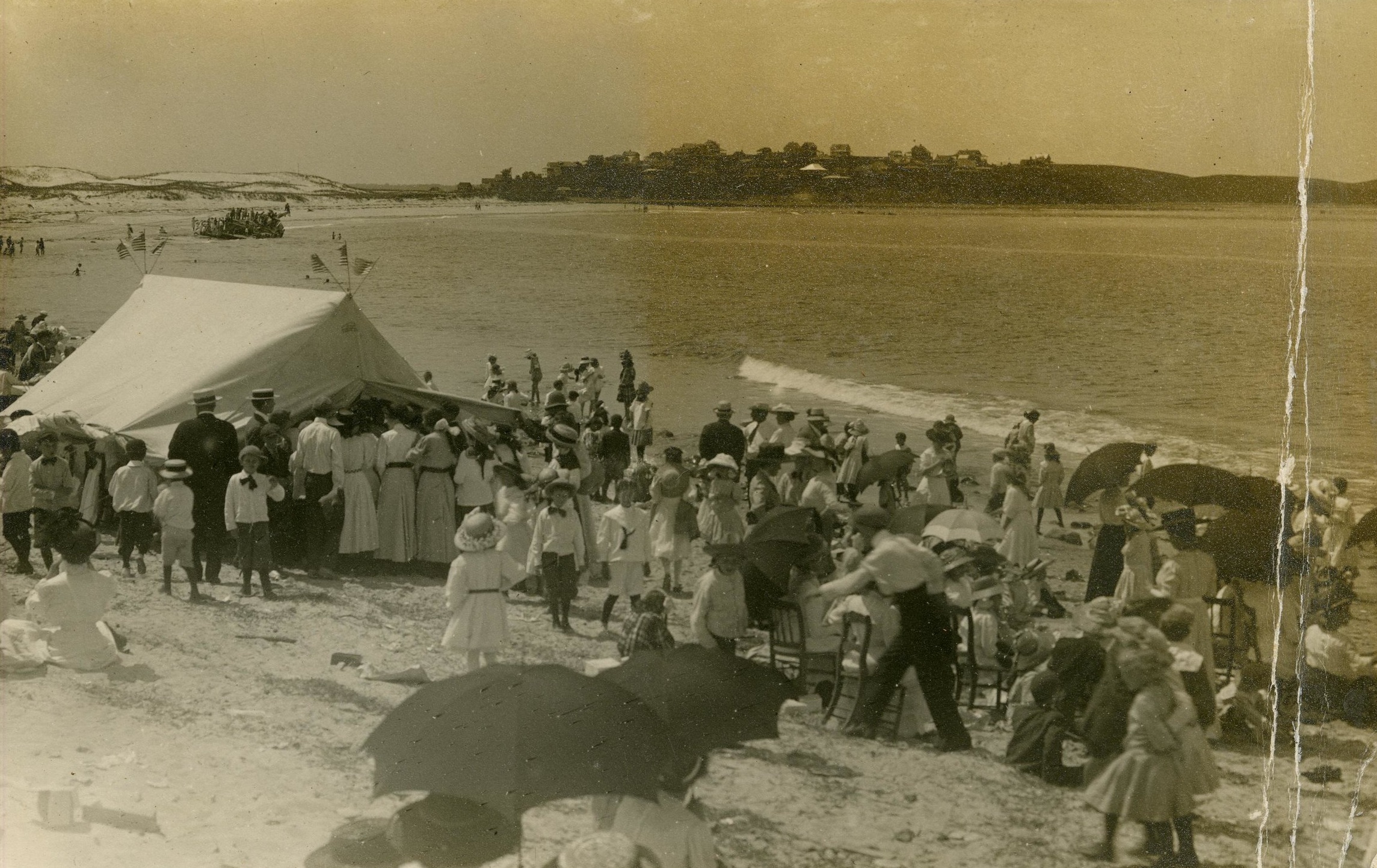
Trustees on the Coast
A selection of our historic properties & their stories, from the Special Places archives
In 2016 The Trustees of Reservations purchased a scenic and ecologically important 20.5 acre parcel inholding at Castle Hill on the Crane Estate, known as the Steep Hill tract, thanks to the collaboration and generosity of hundreds of Trustees donors, members, staff and community supporters. Many years ago, the Crane family generously left their iconic 2,100-acre property to The Trustees to care for and preserve in perpetuity for the public to enjoy, but the Steep Hill parcel was left unprotected and developable. The opportunity to purchase the property came about quickly with a short deadline. The Trustees devoted considerable time and resources to creating a fast-paced campaign to rally support around saving this critical land and ecologically important habitat.
While bricks and roses don’t come to mind as having too much in common, on Martha’s Vineyard, they do: both are part of the lush landscape of the Brickyard in Chilmark. Flora (Harris) Epstein, a long time Vineyard resident whose family ties to the island go back generations, passed away in 2010, generously leaving the Trustees the 18-acre historic property that adjoins the Trustees’ scenic Menemsha Hills Reservation. The Brickyard, now overgrown with rosa rugosa, high bush blueberry, scrub oak, and other brush, has several interesting remnants of its use as an industrial site. Note: Due to ongoing archaeological work, access to the Brickyard will not be available until the site is officially opened for visitors in spring 2020.
Acquired by The Trustees in 1967, World’s End stands as an achievement in open space preservation. The iconic, 251-acre coastal landscape and Boston Harbor Island located in Hingham has survived a series of development threats. In 1890 Frederick Law Olmsted, the foremost landscape architect in the U.S. at the time, drew up plans for a 163-house residential subdivision. In 1945, the property was short-listed for the site of the United Nations headquarters, which ultimately found its home in New York City, and 20 years later, it was eyed as a possible site for a nuclear power plant. Thanks to the many dedicated residents of Hingham and donors from surrounding communities working in partnership with The Trustees to preserve this special place, today World’s End is one of the most unique and pristine coastal reservations in the statewide non-profit’s portfolio of 118 natural, scenic, and cultural sites.
A 1.6-acre island located off of Little Harbor in Marblehead and accessible at low tide, Gerry Island (pronounced with a hard “g”) recently joined its neighbor Crowninshield Island as a Trustees reservation. Its previous owners, Ted and Julie Moore generously gifted the island to The Trustees, and more than 90 donors have helped us establish an endowment to continue care for this special place. The Marblehead Conservancy, who generously supported the campaign, also plans to provide stewardship support for the island. The Gerry family is best known for the achievements of Elbridge Gerry, an American statesman and diplomat who served as the Governor of the Commonwealth and the fifth Vice President of the United States under James Madison, and who was actively involved in the shaping of the Declaration of Independence, the Articles of Confederation, and the Bill of Rights.




